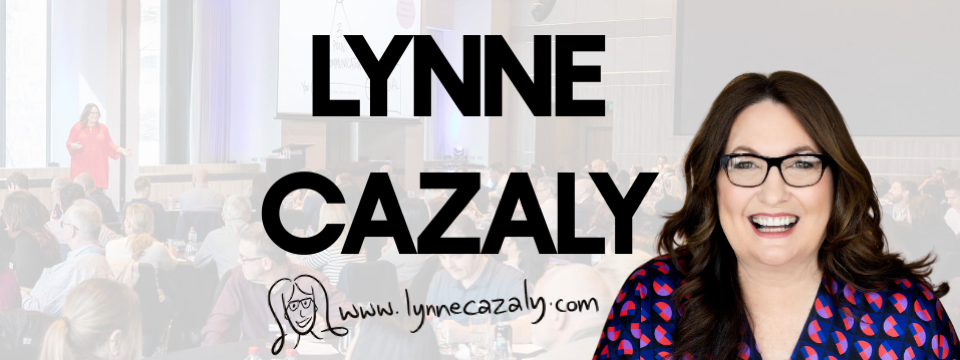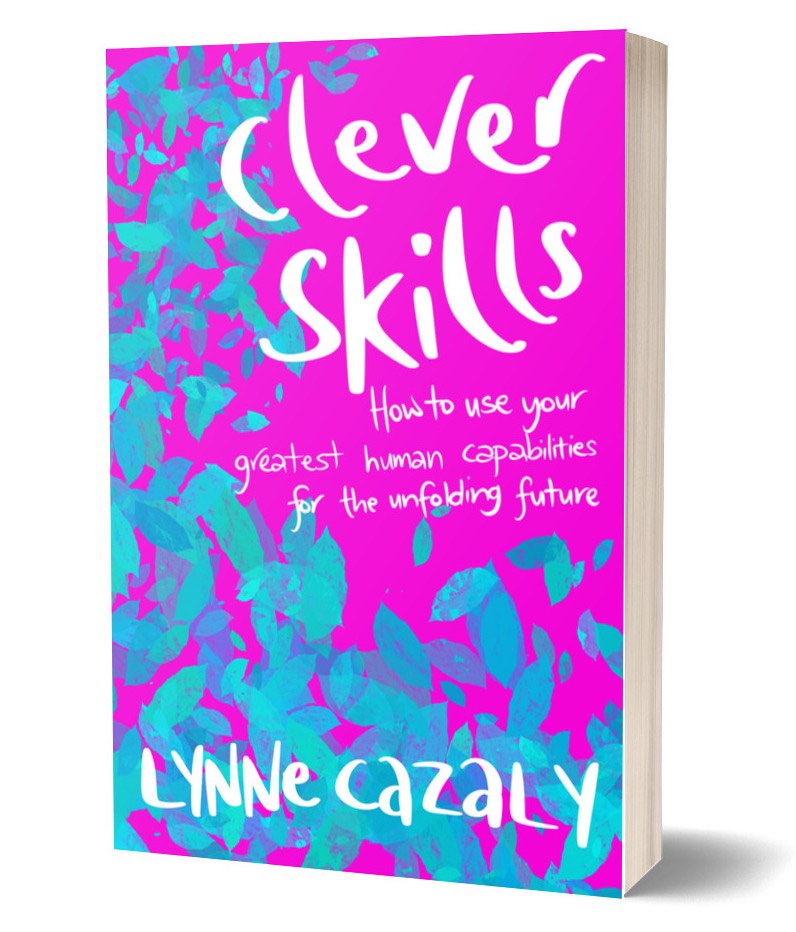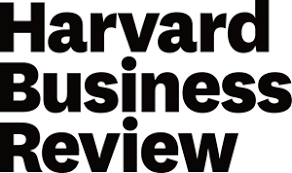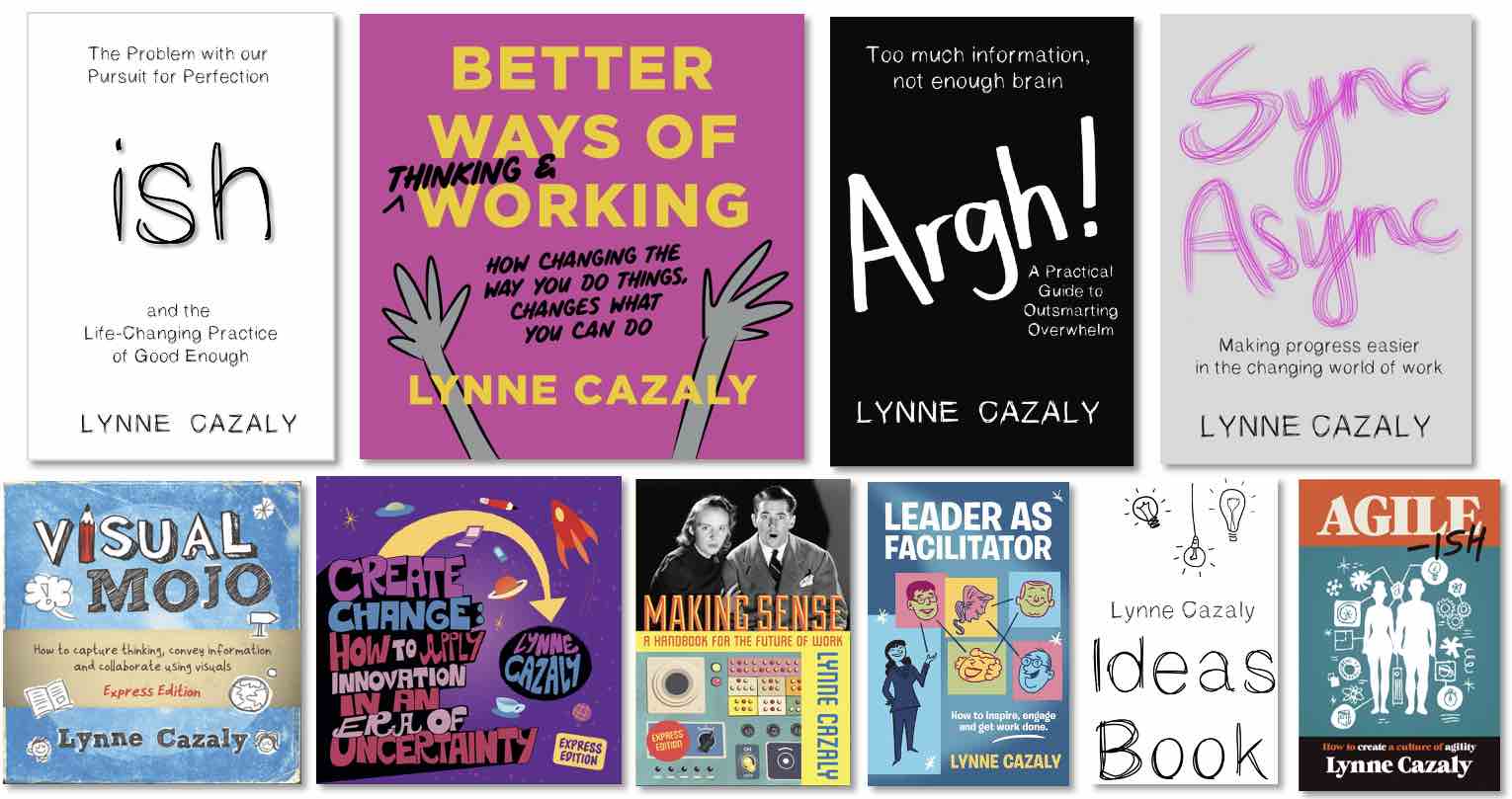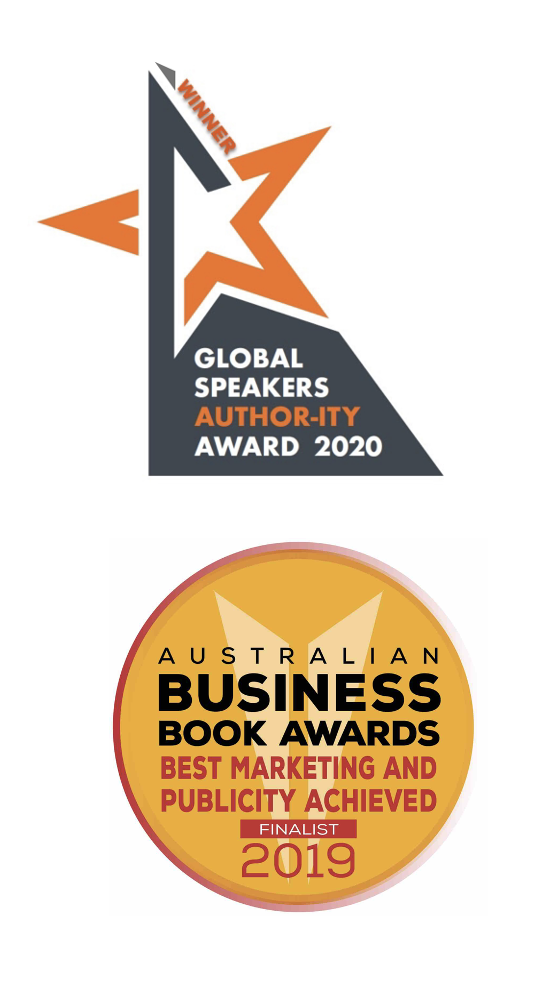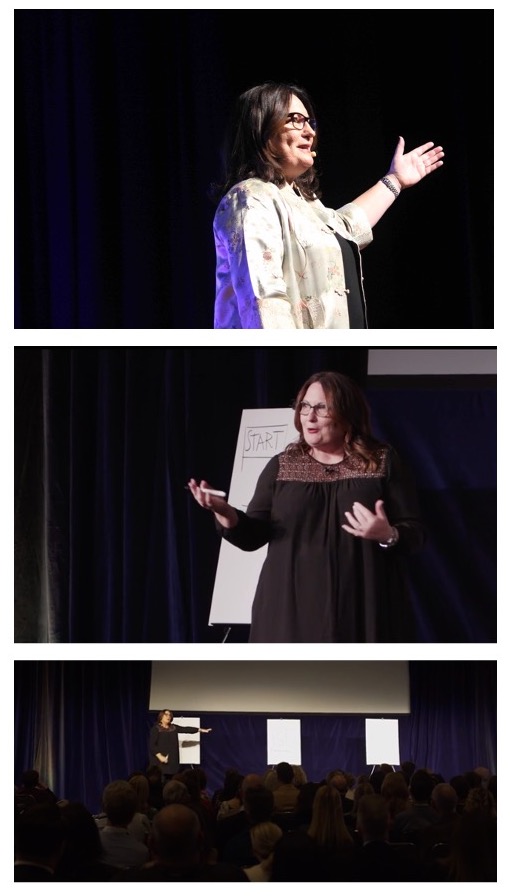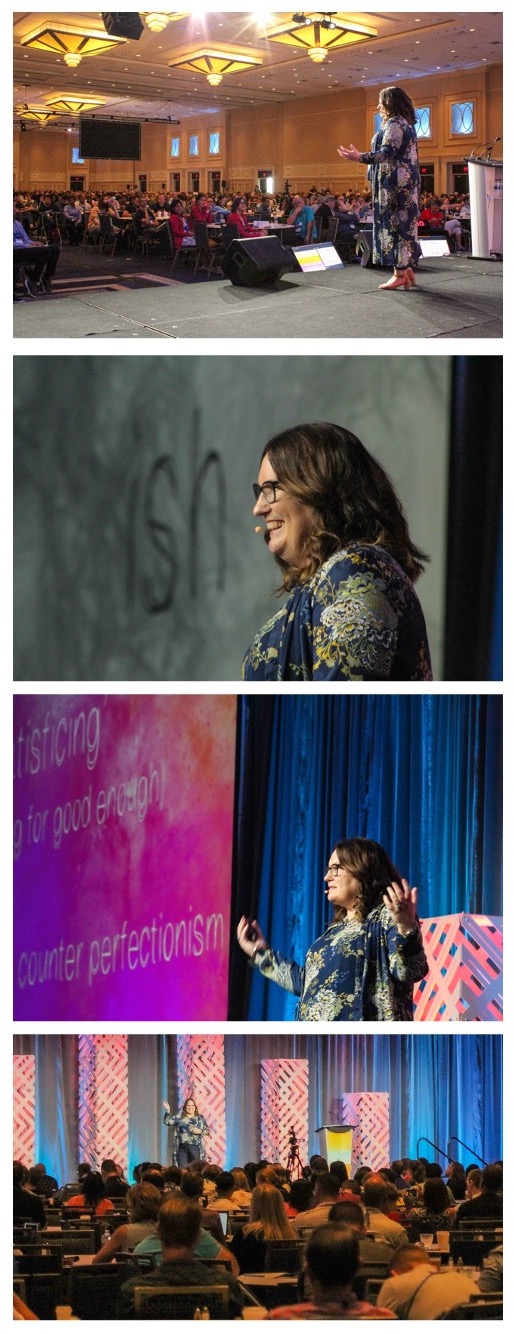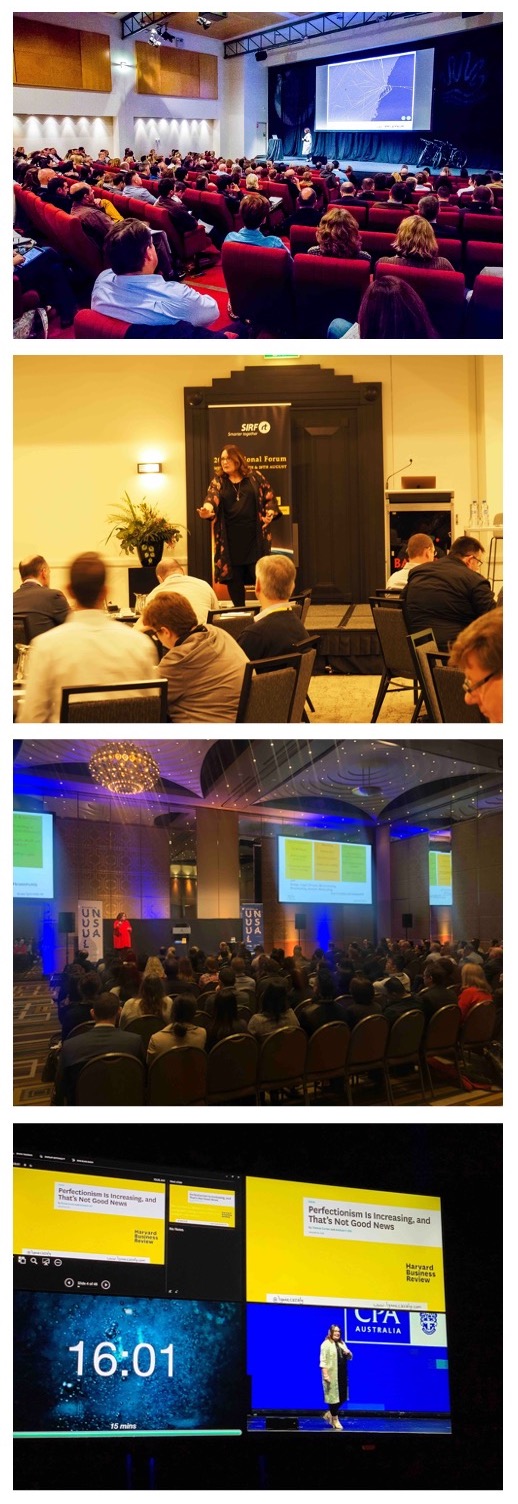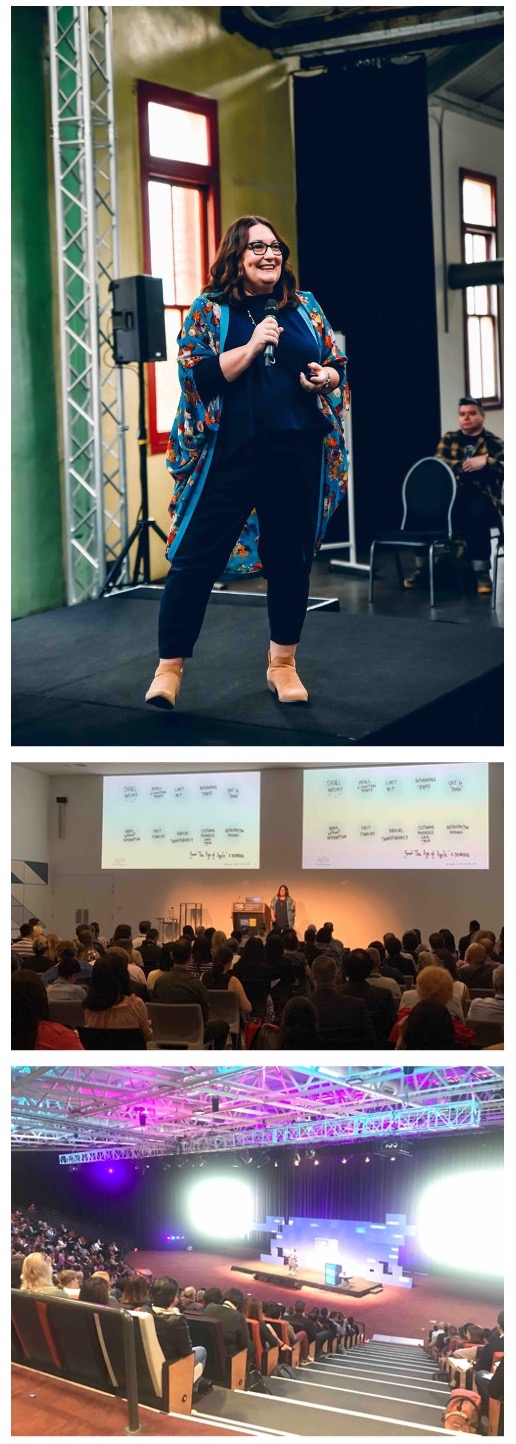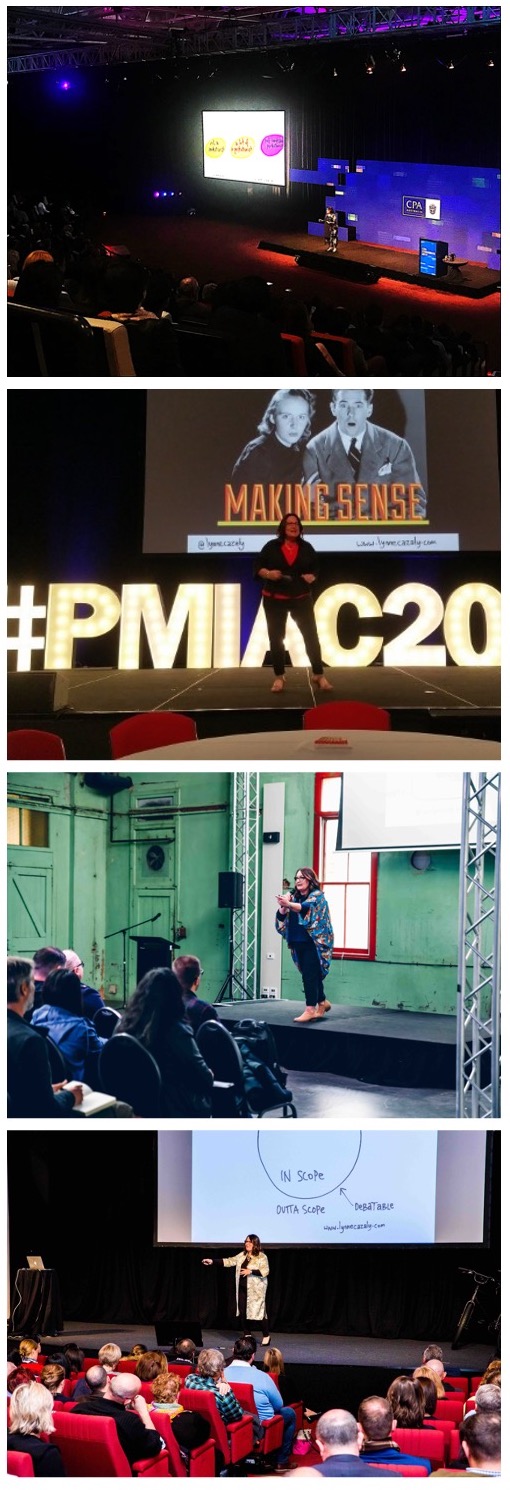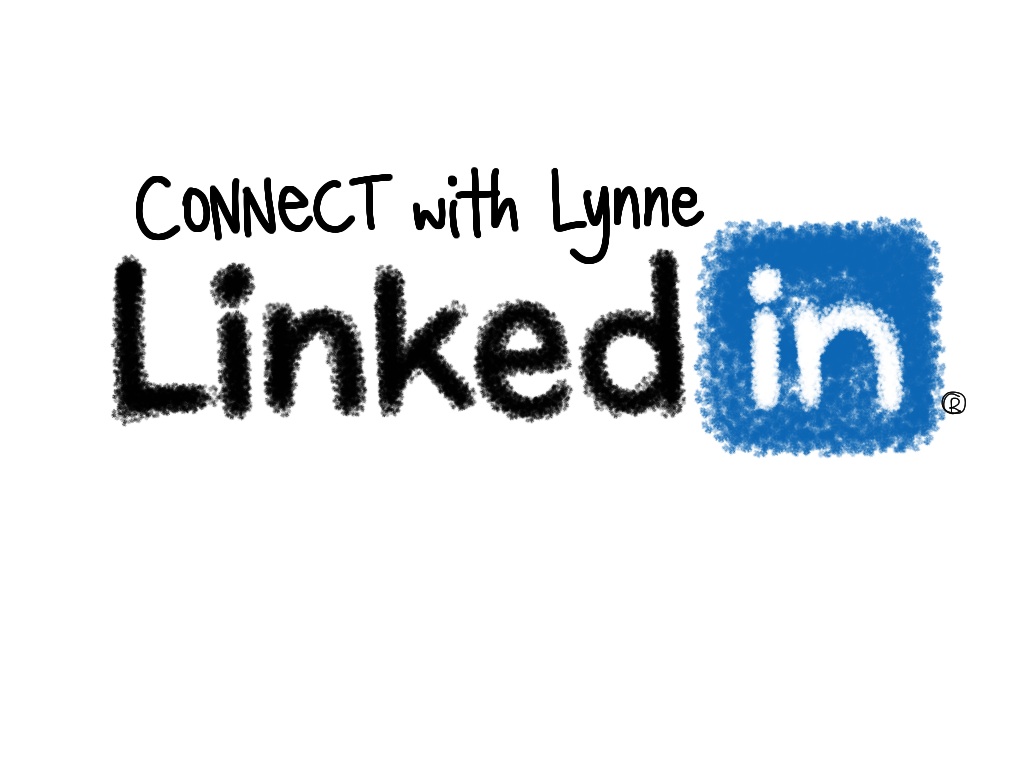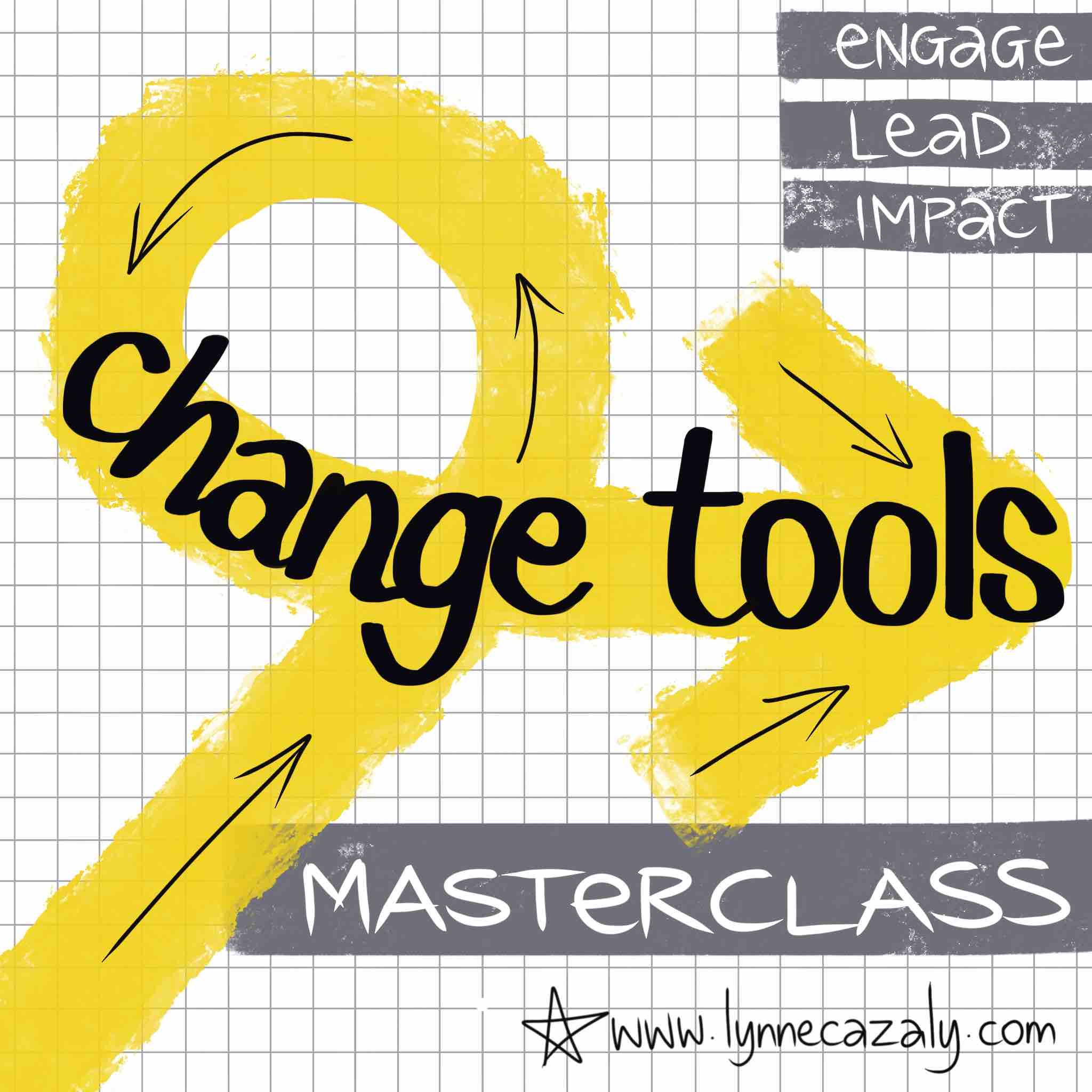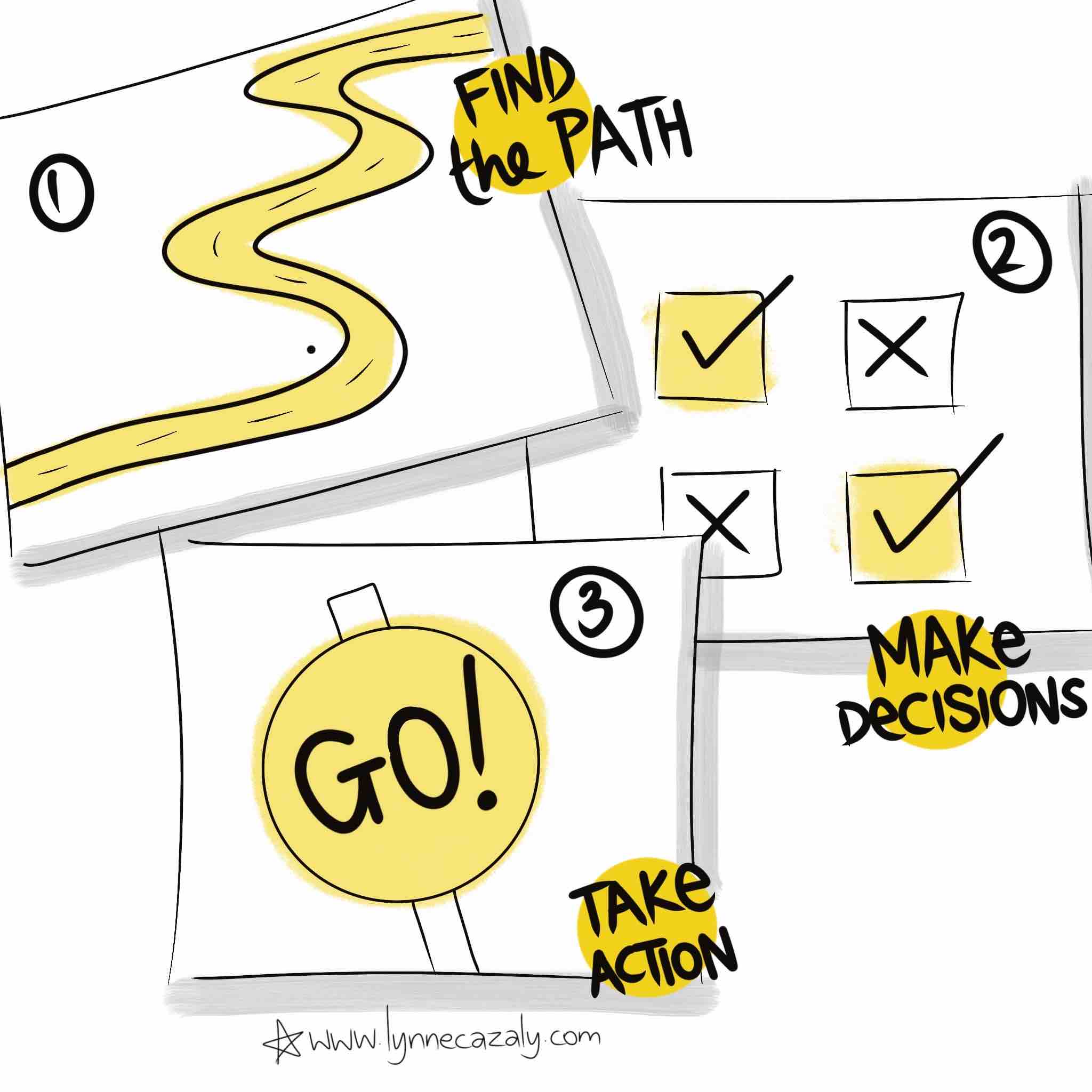Not one way
 Saturday, December 5, 2020 at 9:43AM
Saturday, December 5, 2020 at 9:43AM When I first got my drivers license I drove down a street the wrong way.
The car I was driving was my aunt's and it had interstate license plates on it! Maybe I got away with it.
I remember the street and when I drive downit now, I'm conscious of how it looks and sounds so different to the whizzing traffic of two-way streets.
Quiet. Too quiet.
In a recent workshop, I saw another one way street incident.
A leader presented about a future change program: “everyone will have to do this, that and the other” they said.
It was all so 'one way'.
Contrast this with another leader I worked with yesterday, opening the topic up for conversation. She wanted to hear what people thought about what they'd already heard about the change. This was before any presentation.
In setting up a 'two way street', she heard their concerns and could pitch information to address them.
It flowed so beautifully well.
They all talked some, then she responded, then they asked some questions and she engaged further.
It was the two way street of communication!
And it was abuzz.
Travel the two way street of communication. A little from them, then over to you, back to them. And repeat.
It’s a better way of working.
